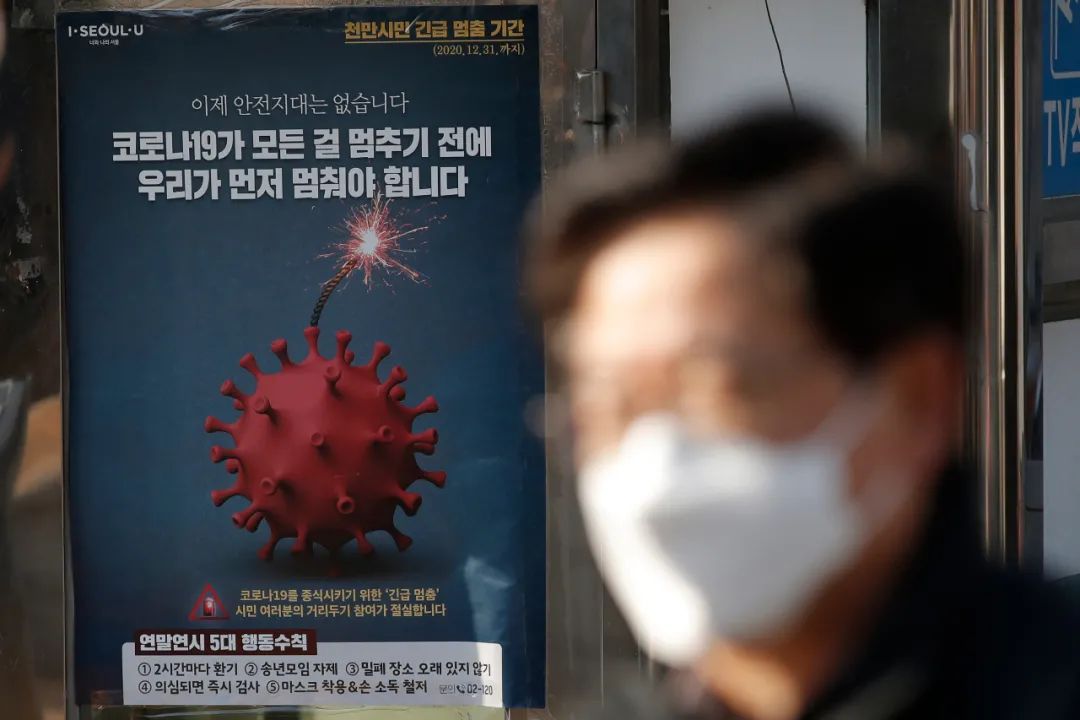According to the report of the Central Pandemic Prevention and Response Headquarters of South Korea on the 13th, from 00:00 to 24:00 local time on the 12th, South Korea added 1,030 new confirmed cases of the novel coronavirus, including 1,002 local infections.
This is the first time that the number of new cases in a single day since the outbreak of the epidemic in South Korea has exceeded 1,000, and the prevention and control of the epidemic in South Korea has once again lit a red light.
“The biggest crisis” since the outbreak of the pandemic
Since late November, the number of confirmed cases in South Korea has increased sharply. Shops, saunas, restaurants, beauty salons, nursing homes, sports facilities and many other public places involving people’s lives have had cluster infections, and the epidemic prevention line is at risk of “lostness”.
Different from the collective infection of the “Xintiandi Church” in February and the collective infection of the nightclubs in Litaiyuan in August, the epidemic in South Korea is mainly centered on the capital circle to accelerate the spread to the whole country.
At the same time, the number of asymptomatic infections with young people as the main body has increased significantly, bringing great challenges to the prevention and control work.
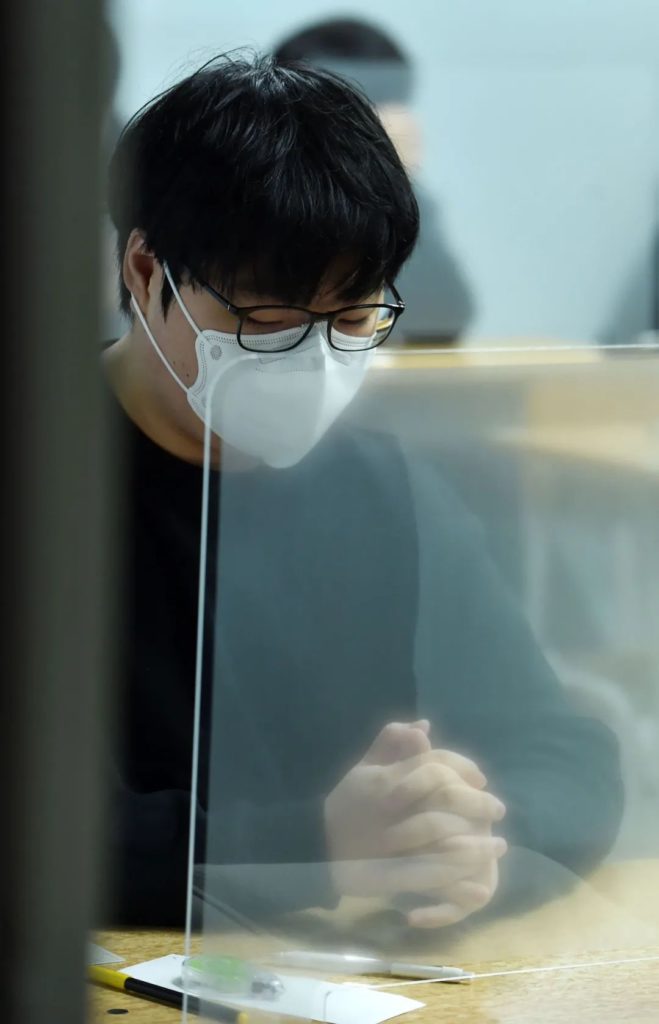
South Korean Prime Minister Ding Se-kyun said frankly when he presided over the emergency epidemic prevention response meeting on the 12th that this is the “biggest crisis” since the outbreak of the epidemic. He must fight against the virus against time. “The situation is very urgent”.
The Central Epidemic Prevention and Response Headquarters of South Korea believes that compared with the large-scale spread of the previous two epidemics, it will take longer for this wave of epidemics to reach the inflection point, and it is difficult to predict when the inflection point will come.
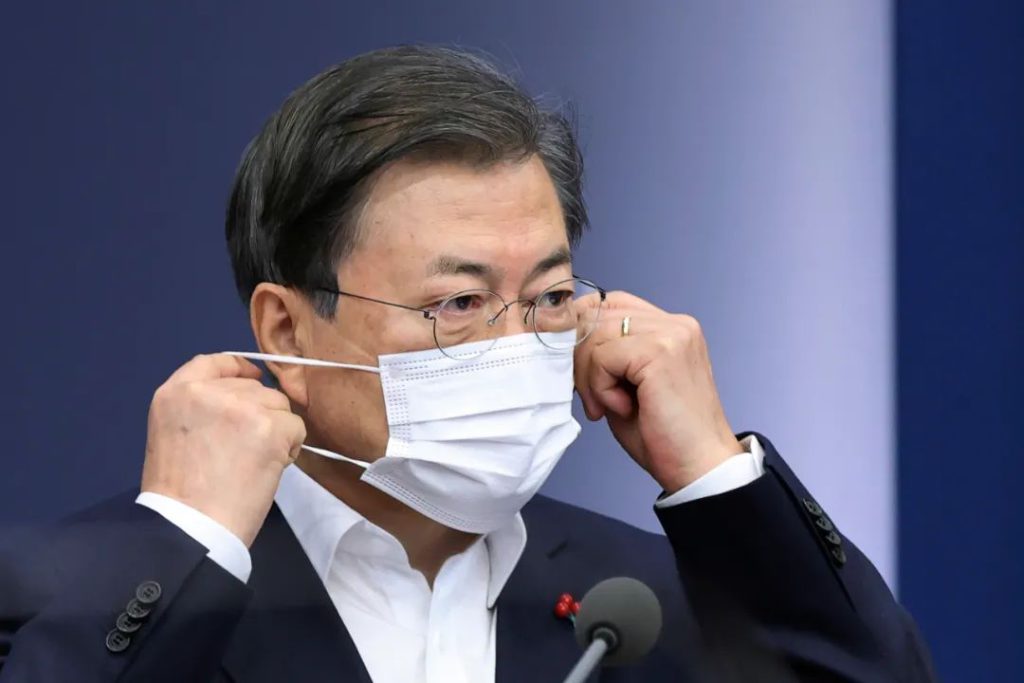
South Korean President Moon Jae-in posted on social media on the 12th, expressing his guilt about the current spread of the epidemic.
He directed the mobilization of all administrative forces to focus on the response to the epidemic, sending troops, police, civil servants and other emergency participation in epidemiological investigations, and called for further expansion of screening.
The epidemic prevention level may be raised to the highest level.
In response to the sharp rebound of the epidemic, the South Korean government has raised the level of social distancing and epidemic prevention on many occasions, but the results have not been as good as expected.
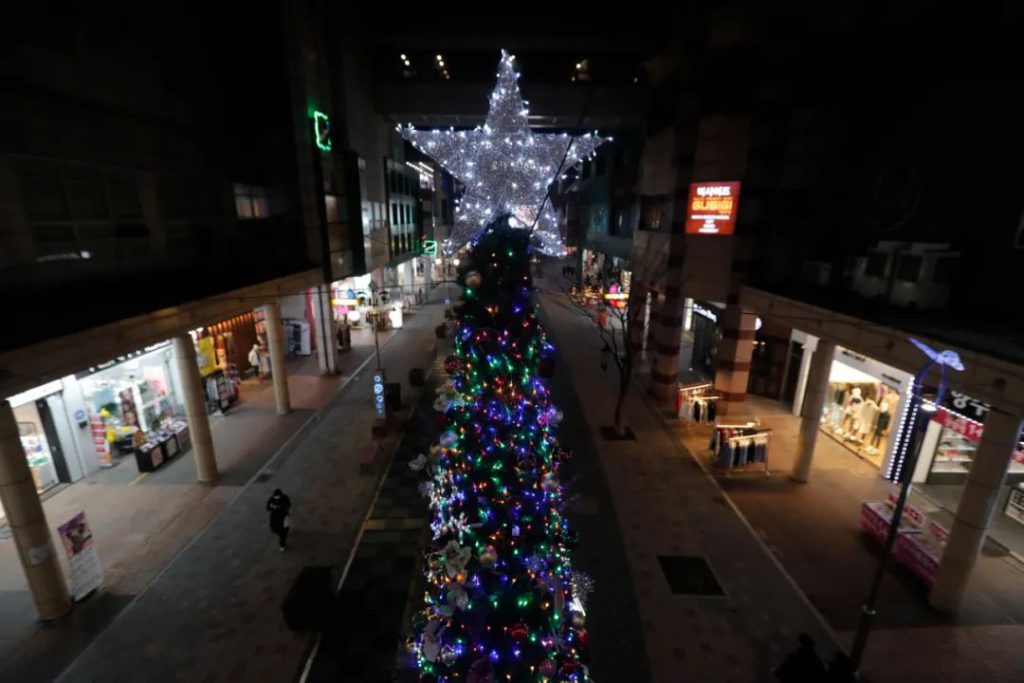
In November, the South Korean government made a comprehensive adjustment to the classification standards and implementation plan of social distancing measures. The epidemic prevention level is divided from low to high into level 1, 1.5, 2, 2.5 and 3.
According to the classification criteria, if the average number of new infections per day reaches 800 to 1,000 in a week, or the number of new cases in a single day doubles, it can be raised to the highest level.
From December 8th, the epidemic prevention level of the capital circle has been raised from level 2 to level 2.5, and the non-capital circle areas have been upgraded from level 1.5 to level 2.
Ding Shijun said on the 12th that if the epidemic cannot be contained, the government will have to raise the epidemic prevention level to level 3. According to media disclosure, the government is collecting opinions and conducting internal discussions on whether to raise the level.
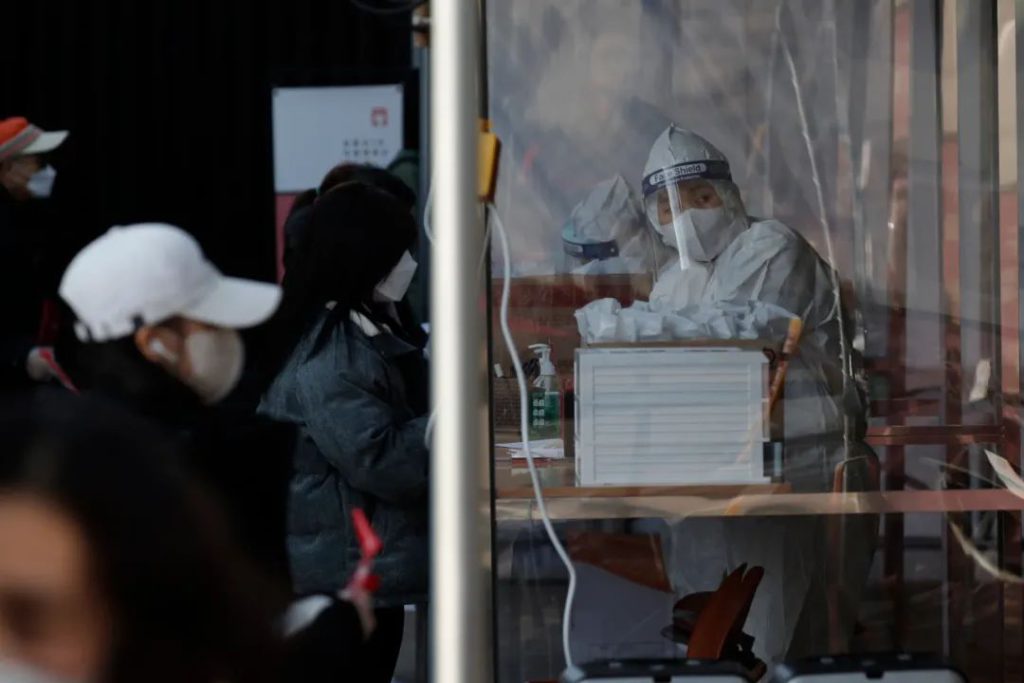
After being raised to the highest level of epidemic prevention, gatherings of more than 10 people will be banned, all sports competitions will be suspended, cinemas will be closed, schools will adopt distance learning, and all companies will work from home except for necessary personnel to minimize all face-to-face contact.
Xu Zhengxie, acting mayor of Seoul, said on the 7th that the third level of epidemic prevention measures is actually close to the level of “lockdown” and is the “last fortress” of the epidemic prevention line.
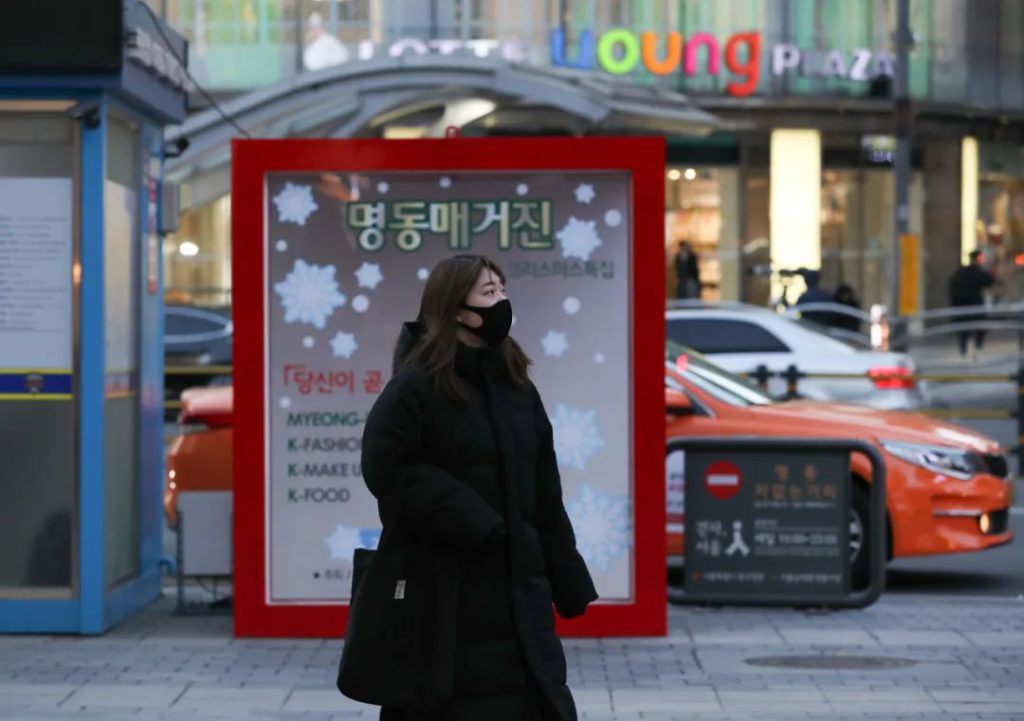
South Korean experts generally believe that it is necessary and urgent to raise the epidemic prevention level in the capital circle to the highest level at this time.
The government urgently needs to take pre-emptive measures to further tighten the epidemic prevention guidelines to reverse the situation. Otherwise, it cannot be ruled out that South Korea will also suffer from severe epidemics in Europe, North America and other places.
However, there are also analysis that the further increase of epidemic prevention will inevitably bring huge economic losses to society. How to balance epidemic prevention and economy is an urgent topic for the epidemic prevention department to consider.
Vaccination is still in time.
South Korea’s Ministry of Health and Welfare announced on the 8th that it has ordered 34 million doses of COVID-19 vaccine from many overseas pharmaceutical companies, and ensured 10 million doses of vaccines through the COVID-19 Vaccine Guarantee Mechanism (COVAX), thus enabling about 88% of the country’s population to be vaccinated.
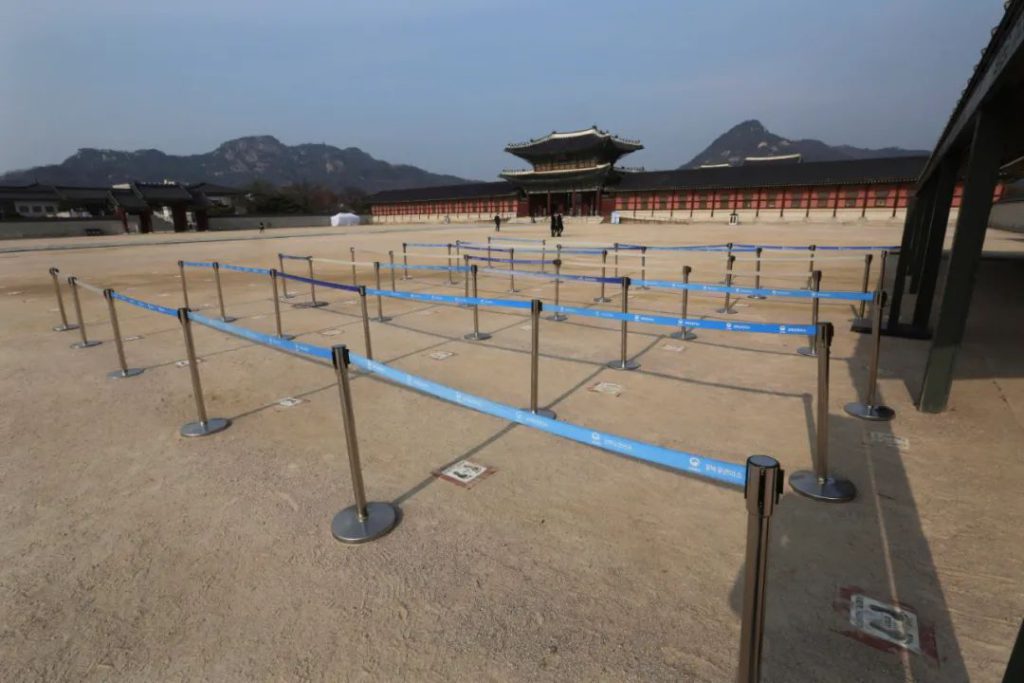
According to South Korean media reports, vulnerable groups such as the elderly, patients with chronic diseases, as well as medical personnel, police, military and other socially essential services will be given priority to vaccination.
Due to the lack of clinical data, children and adolescents are temporarily excluded from the vaccination target. It is expected that from February to March 2021, South Korea will introduce vaccines in batches and start vaccination, but the first vaccine to introduce and the specific vaccination time have not been determined.
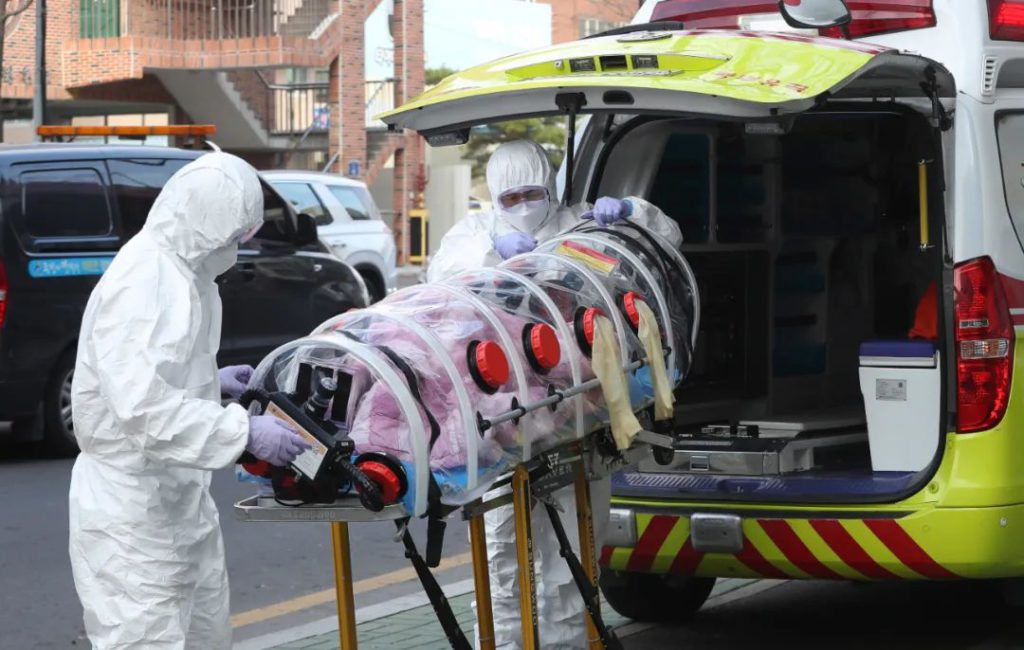
Park Linghou, Minister of Health and Welfare, said that the vaccine development process is not over, and various concerns about its safety, prevention effect and so on still exist.
The government will flexibly decide the vaccination time according to the epidemic situation, foreign vaccination trends, side effects, people’s vaccination needs, etc.
Catering tourism is no longer lively
On the day of South Korea’s upgrading of epidemic prevention on the 8th, the reporter saw in the streets of Seoul that coffee shops, large and small, put away the chairs in the store and left only tables.
Instructions were also posted at the door: “According to the government’s increase in the epidemic prevention level, this store can only be packed and taken away, and canteen food is prohibited.”
Although the restaurant is allowed to open until 9:00 p.m., due to the rapid spread of the epidemic, the number of diners has also been greatly reduced than usual. Restaurants that often require a long queue of lunch hours on weekdays are now available at any time.
The reporter learned that in order to reduce the risk of infection, many South Korean enterprises began to require employees to order takeaway meals in the company and try to avoid canteen meals.
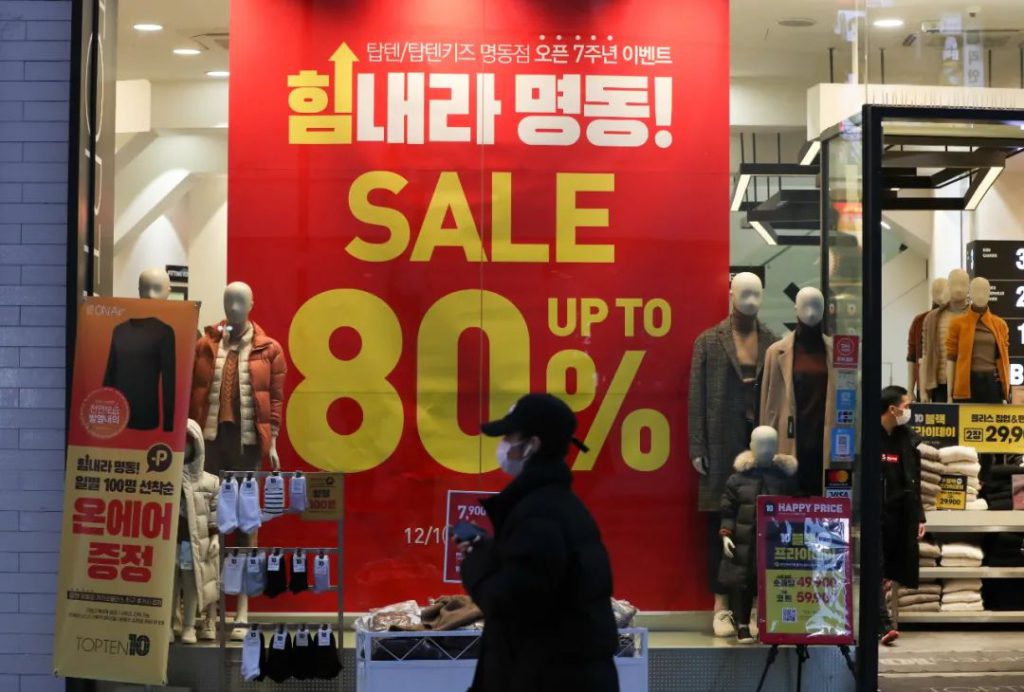
The Myeongdong business district, which is usually visited by foreign tourists, has long disappeared from the bustle and bustle of the past, and has been replaced by a depression. Many stores choose to close down, and the rest have shown advertising slogans for discount promotion.
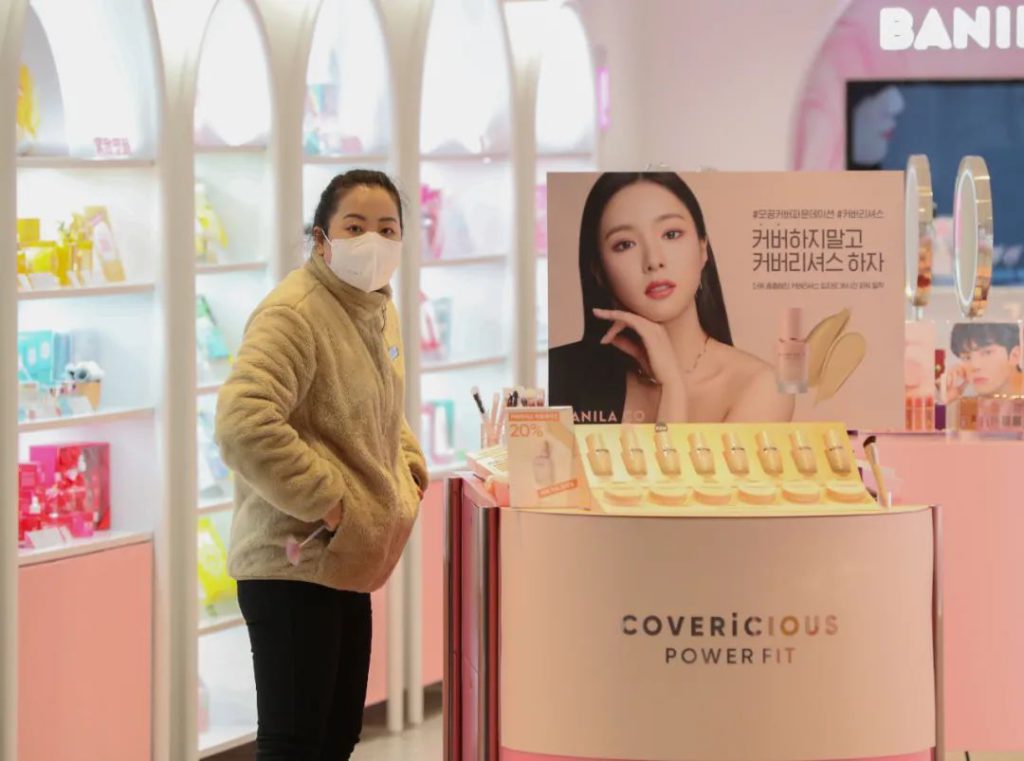
The once overcrowded foreign currency exchange offices are crowded. The boss told the reporter that due to the absence of tourists, there is no RMB exchange in the foreign currency exchange office around Myeongdong.


